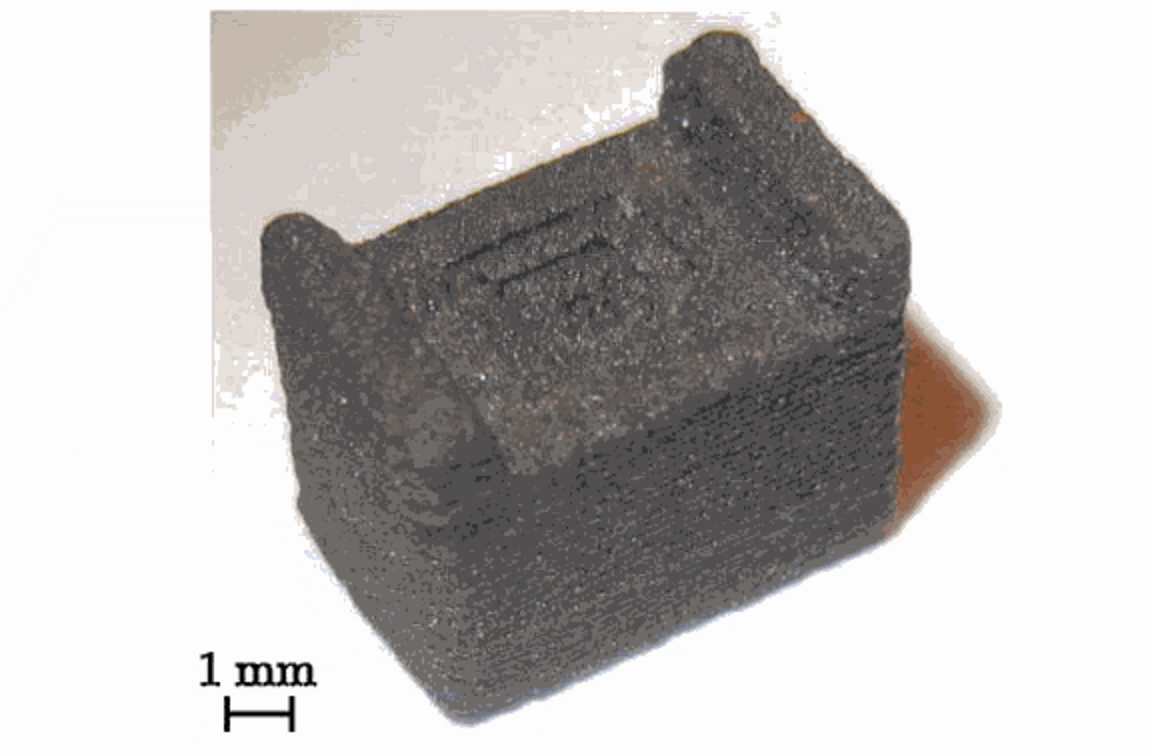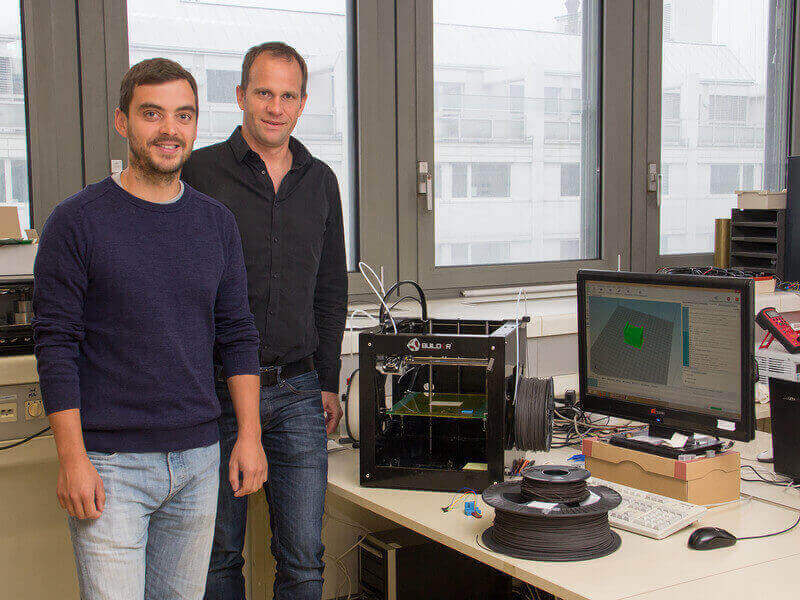Researchers in Vienna have designed the first 3D printed magnet. It comes in different shapes that can be used for sensors and electric drive technologies.
Finally, the research team at the Vienna University of Technology has created the first ‘polymer bonded isotropic hard magnet’ using a 3D printer.
What makes it so special? Up until this point, there was no way to create permanent magnets with complex structures.
Normally, you face two challenges when designing a magnet: shape and magnetic field direction. A geometric shape is better because the magnetic fields are even and have the same strength in every direction.
3D printing makes geometric shapes possible. Plus, this new way is cheaper and faster than any other method.
“This method allows us to process various magnetic materials, such as the exceptionally strong neodymium iron boron magnets,” says Dieter Süss, Head of Christian Doppler Laboratory in Vienna.
First, the team designs the magnets on a computer and creates a 3d print using a micro-granulated material such as ferrite with a polymer binding. Then, they magnetize the printed object using a super electromagnetic field.

Why Is A 3D Printed Magnet Better?
Generally, magnets are created through a sintering process, which heats and binds fine powders and compacts them. However, the shape of these structures is very limited.
That’s why researchers used isotropic Neofer material to create the 3D printed magnets. These new polymer bonded magnets are made of 90% magnetic materials and 10% plastic and can be molded more easily.
As a result, these magnets have more design flexibility and can be used in the areas of sensor and electric drive technologies.
“Now we will test the limits of how far we can go — but for now it is certain that 3D printing brings something to magnet design which we could previously only dream of,” says Dieter Süss, who is also Associate Professor at the Technical University of Vienna.
Click here to read the details of the journal report.
License: The text of "Researchers in Vienna Create First 3D Printed Magnet" by All3DP is licensed under a Creative Commons Attribution 4.0 International License.
